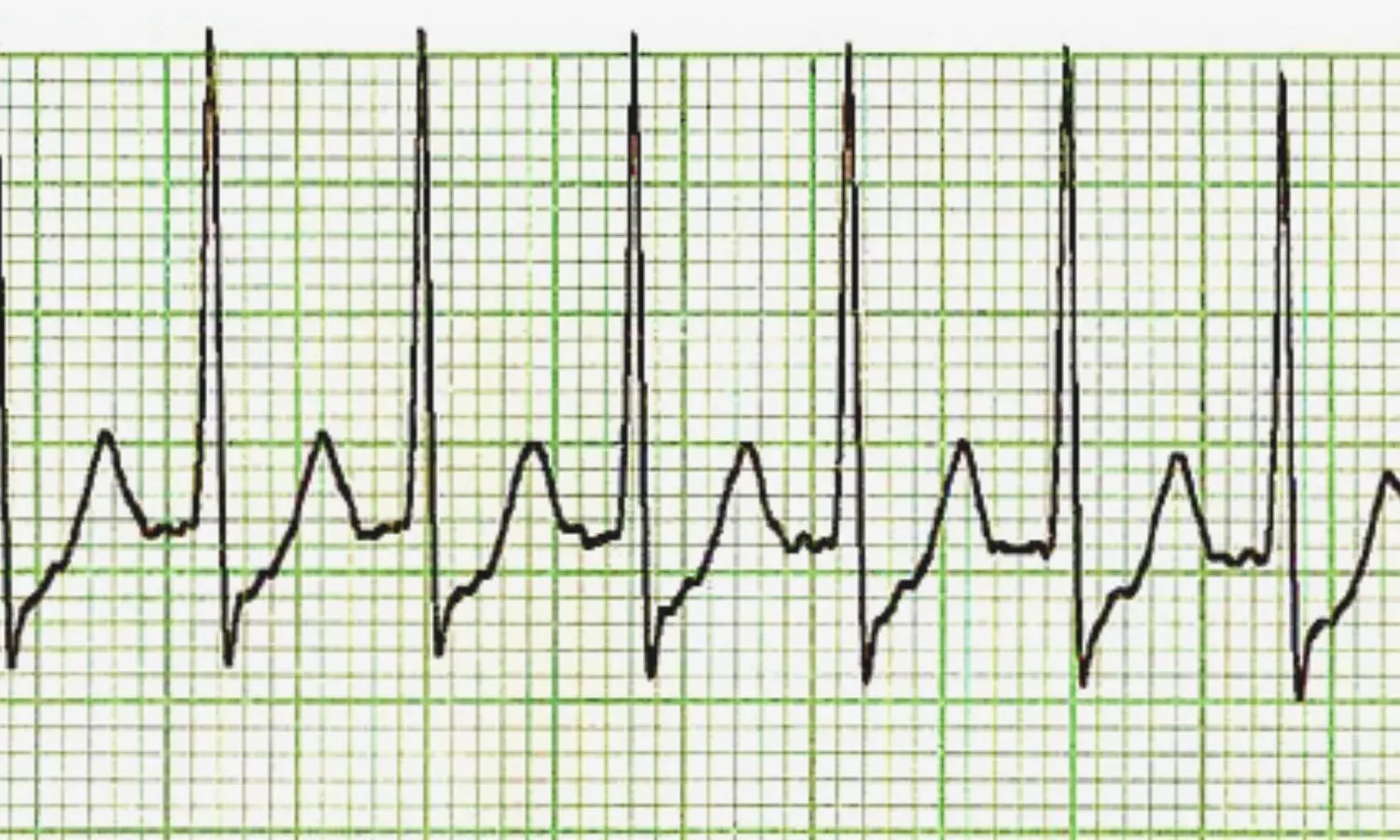Clopidogrel Outperforms Aspirin in Reducing Cardiovascular Events Post-PCI: SMART-CHOICE 3 Trial

South Korea: The SMART-CHOICE 3 trial demonstrated that in patients who had completed the standard course of dual antiplatelet therapy (DAPT) following percutaneous coronary intervention (PCI), clopidogrel monotherapy (75 mg/day) significantly reduced the 3-year cumulative incidence of adverse events (4.4% vs. 6.6%) and myocardial infarction rates (1.0% vs. 2.2%) compared to aspirin.
In their study published in The Lancet, the researchers noted that stroke rates were similar between the two groups, and there was no significant difference in bleeding risk. These findings highlight the safety and efficacy of clopidogrel as a long-term monotherapy option in high-risk patients post-PCI.
Given the ongoing uncertainty around the optimal long-term antiplatelet strategy for patients undergoing percutaneous coronary intervention, identifying the most effective and safest maintenance therapy remains a clinical priority. While dual antiplatelet therapy is the standard initial approach, the best monotherapy to follow after its completion is still under debate.
To address this, Prof Ki Hong Choi, Samsung Medical Center, Sungkyunkwan University School of Medicine, Seoul, South Korea, and colleagues designed the study to evaluate and compare the efficacy and safety of clopidogrel versus aspirin monotherapy in patients who had completed the standard duration of DAPT following PCI with drug-eluting stents.
For this purpose, the researchers conducted a multicentre, randomised, open-label trial across 26 sites in South Korea. They enrolled patients aged 19 years or older who were at high risk of recurrent ischaemic events—such as those with a history of myocardial infarction, diabetes requiring medication, or complex coronary lesions—and who had completed the standard duration of DAPT after undergoing PCI.
These patients were randomly assigned in a 1:1 ratio to receive either clopidogrel (75 mg daily) or aspirin (100 mg daily) as oral monotherapy. The primary outcome measured was the cumulative incidence of a composite of all-cause death, myocardial infarction, or stroke in the intention-to-treat population. Adverse events were recorded as part of the secondary endpoints.
Key Findings:
- A total of 5,542 patients were assessed for eligibility between 2020, and 2023, and 5,506 were randomly assigned to receive either clopidogrel (n=2,752) or aspirin (n=2,754) monotherapy. The median time from PCI to randomisation was 17.5 months.
- Over a median follow-up of 2.3 years, the primary composite endpoint occurred in 92 patients on clopidogrel and 128 on aspirin, with a 3-year incidence of 4.4% vs 6.6%, respectively (HR 0.71).
- Death from any cause occurred in 50 patients in the clopidogrel group and 70 in the aspirin group (3-year incidence 2.4% vs 4.0%; HR 0.71).
- Myocardial infarction was reported in 23 patients on clopidogrel and 42 on aspirin (3-year incidence 1.0% vs 2.2%; HR 0.54).
- Stroke occurred in 23 patients in the clopidogrel group and 29 in the aspirin group (3-year incidence 1.3% in both; HR 0.79).
- Bleeding risk was similar between the two groups, with a 3-year incidence of 3.0% in both arms (HR 0.97).
- Clopidogrel was not linked to a higher rate of adverse events compared to aspirin.
“Among high-risk patients who had completed the standard duration of dual antiplatelet therapy following PCI, clopidogrel monotherapy significantly lowered the cumulative risk of death, myocardial infarction, and stroke compared to aspirin, without increasing bleeding risk,” the authors concluded.
Reference:
Choi KH, Park YH, Lee JY, Jeong JO, Kim CJ, Yun KH, Lee HC, Chang K, Park MW, Bae JW, Doh JH, Cho BR, Kim HY, Kim W, Kim U, Rha SW, Hong YJ, Lee HJ, Ahn SG, Kim DI, Cho JH, Her SH, Jeon DS, Han SH, Lee JB, Lee CW, Kang D, Lee JM, Park TK, Yang JH, Lee SY, Choi SH, Gwon HC, Song YB, Hahn JY; SMART-CHOICE 3 investigators. Efficacy and safety of clopidogrel versus aspirin monotherapy in patients at high risk of subsequent cardiovascular event after percutaneous coronary intervention (SMART-CHOICE 3): a randomised, open-label, multicentre trial. Lancet. 2025 Apr 12;405(10486):1252-1263. doi: 10.1016/S0140-6736(25)00449-0. Epub 2025 Mar 30. PMID: 40174599.
Powered by WPeMatico









